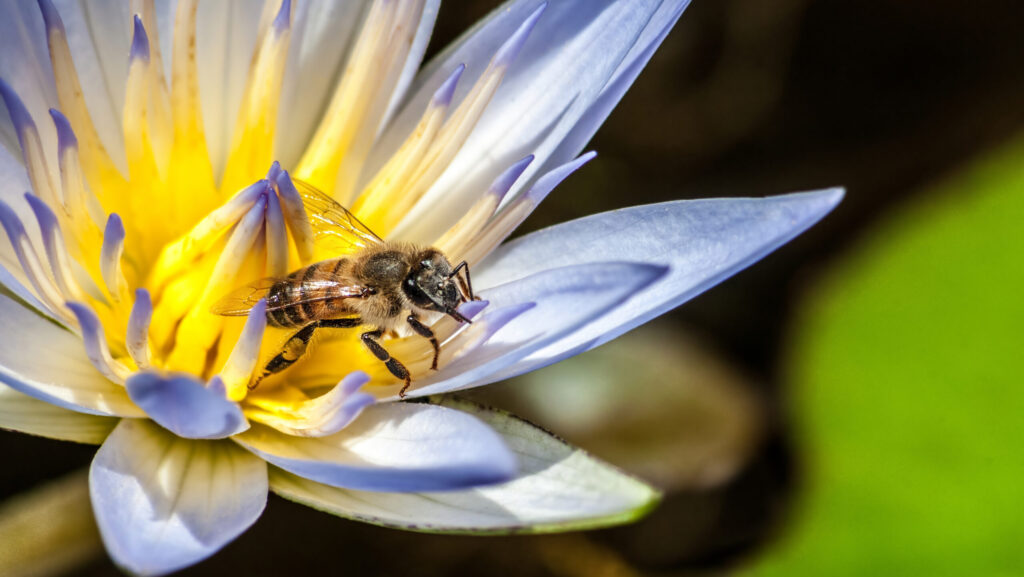When most people think of bees, they imagine bustling hives filled with thousands of workers, a strict hierarchy, and endless rows of hexagonal honeycomb. But here’s something that might surprise you: the vast majority of bee species on Earth actually live completely alone. These remarkable insects have no queen to serve, no hive to build, and no honey to store. Instead, they live quiet, independent lives that are just as fascinating as their social cousins.
The Hidden World of Solitary Bees
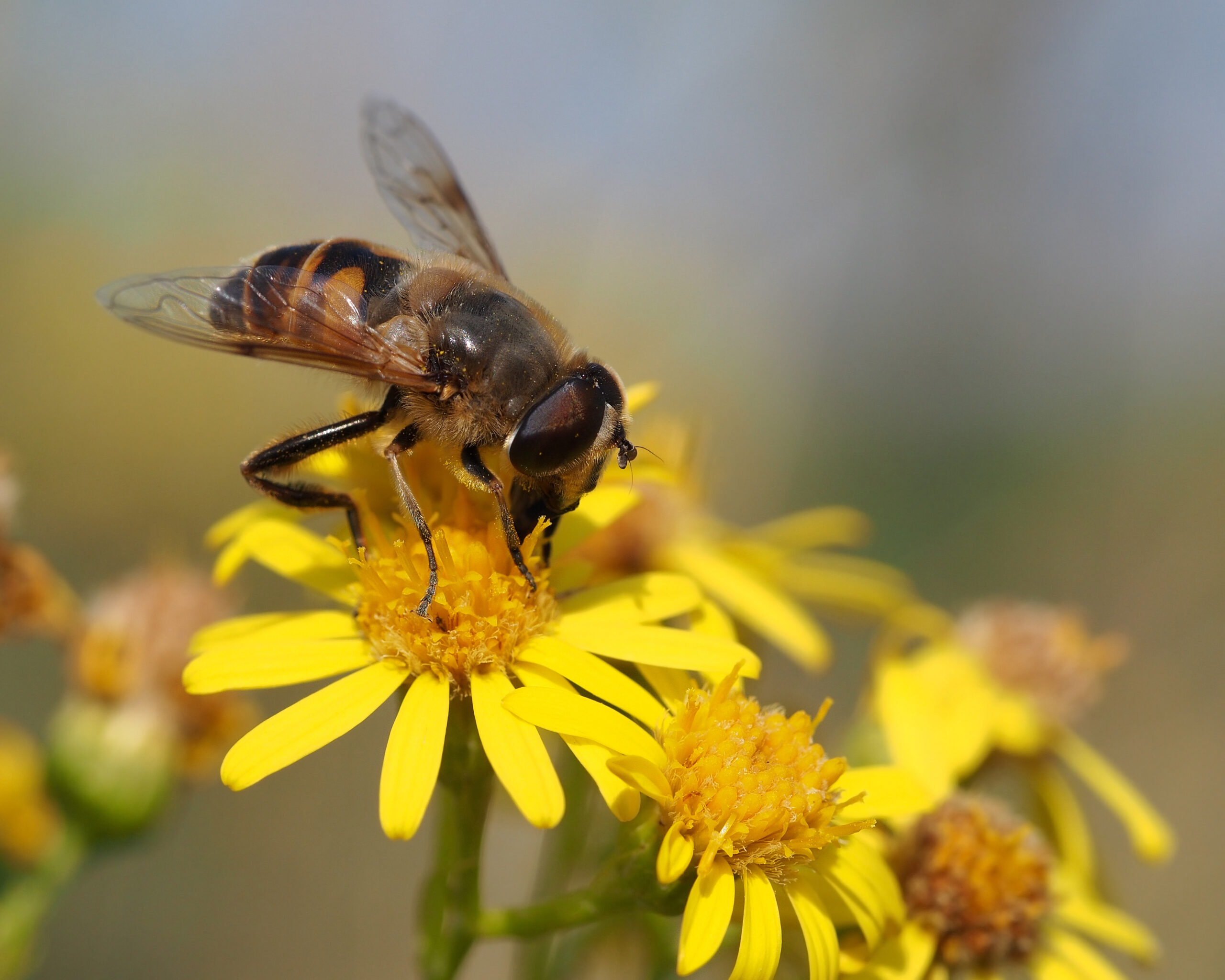
Picture this: while honeybees are grabbing all the attention with their complex societies, over 20,000 species of solitary bees are quietly going about their business across the globe. These incredible insects make up about 90% of all bee species, yet most people have never heard of them. Unlike their hive-dwelling relatives, solitary bees are the ultimate freelancers of the insect world.
Each female solitary bee is essentially a single mom who does everything herself. She builds her own nest, collects her own food, and raises her offspring without any help from sisters or workers. It’s like comparing a bustling corporation to a skilled artisan working alone in their workshop.
Mason Bees: The Mud Artists
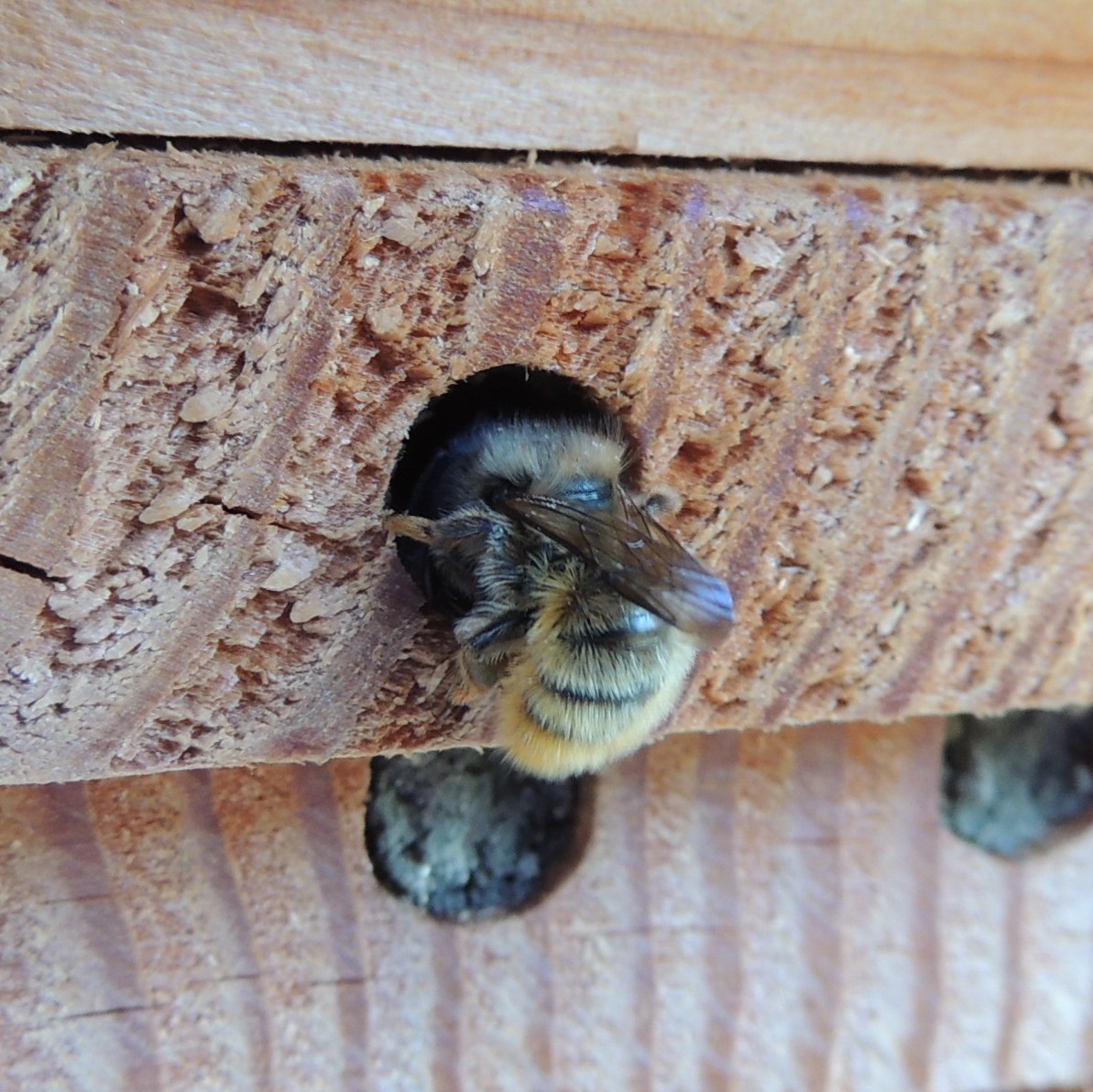
Mason bees are perhaps the most well-known solitary bees, and for good reason. These industrious insects are master builders who use mud, clay, and other materials to construct their nests. You might find them setting up shop in hollow stems, old beetle holes, or even between the bricks of your house.
What makes mason bees truly special is their incredible efficiency as pollinators. A single mason bee can do the work of about 100 honeybees when it comes to pollination. They’re messy workers, which is actually perfect for plants since they transfer pollen much more effectively than their tidier cousins.
These bees are also remarkably gentle and rarely sting, making them perfect neighbors for humans. They’re so docile that you can often watch them work from just inches away without any fear.
Leafcutter Bees: Nature’s Precise Tailors
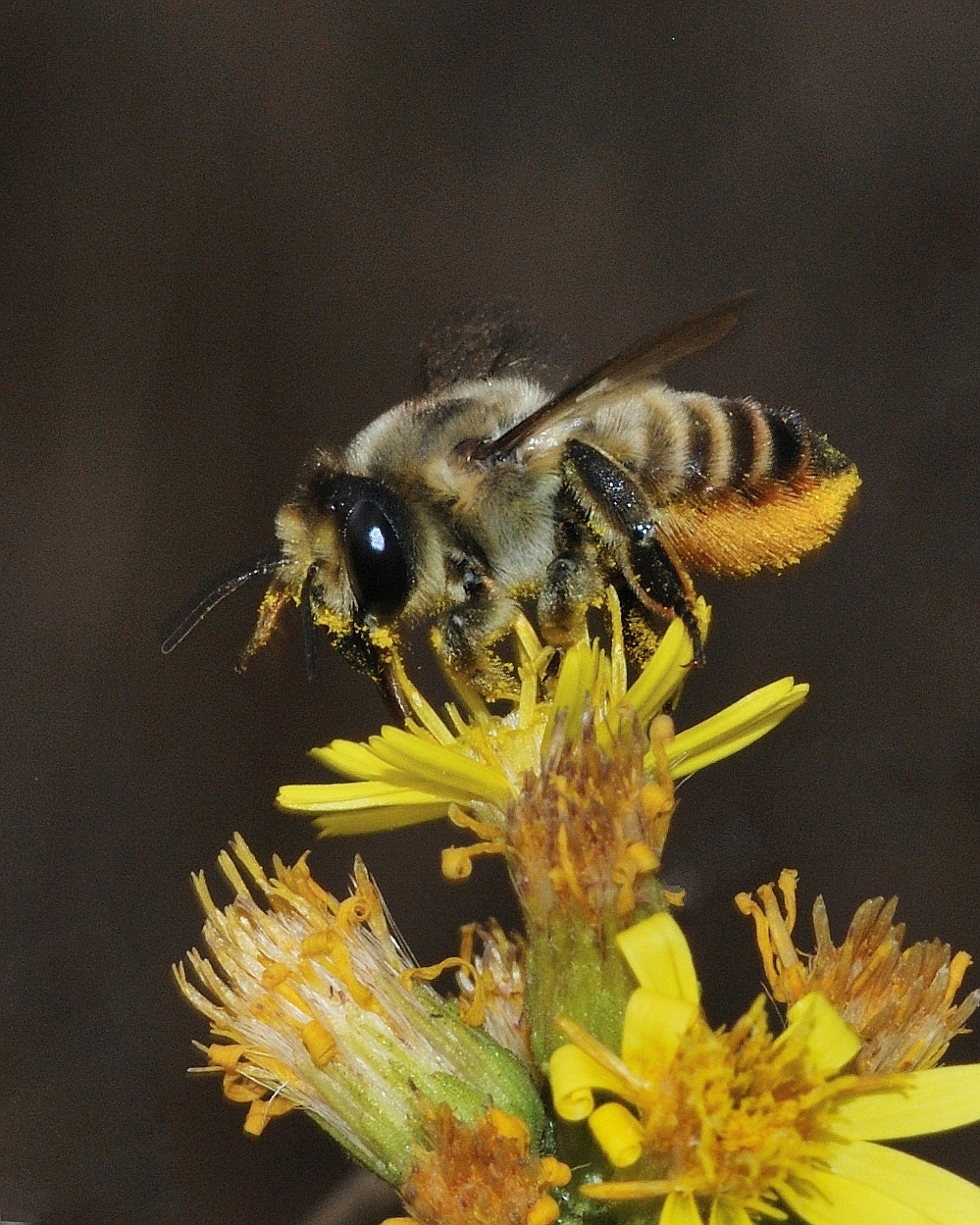
If you’ve ever noticed perfectly circular holes cut into the leaves of your roses or other plants, you’ve witnessed the handiwork of leafcutter bees. These remarkable insects are like tiny tailors, using their sharp mandibles to cut precise pieces of leaves that they’ll use to line their nests.
The process is absolutely mesmerizing to watch. A female leafcutter bee will carefully measure and cut leaf pieces that are exactly the right size for her nest chambers. She carries these pieces back to her nest site, often traveling significant distances with a leaf piece that’s larger than her own body.
Inside her nest, she arranges these leaf pieces like wallpaper, creating waterproof chambers where she’ll lay her eggs along with a ball of pollen and nectar for her developing larvae to eat.
Mining Bees: The Underground Architects
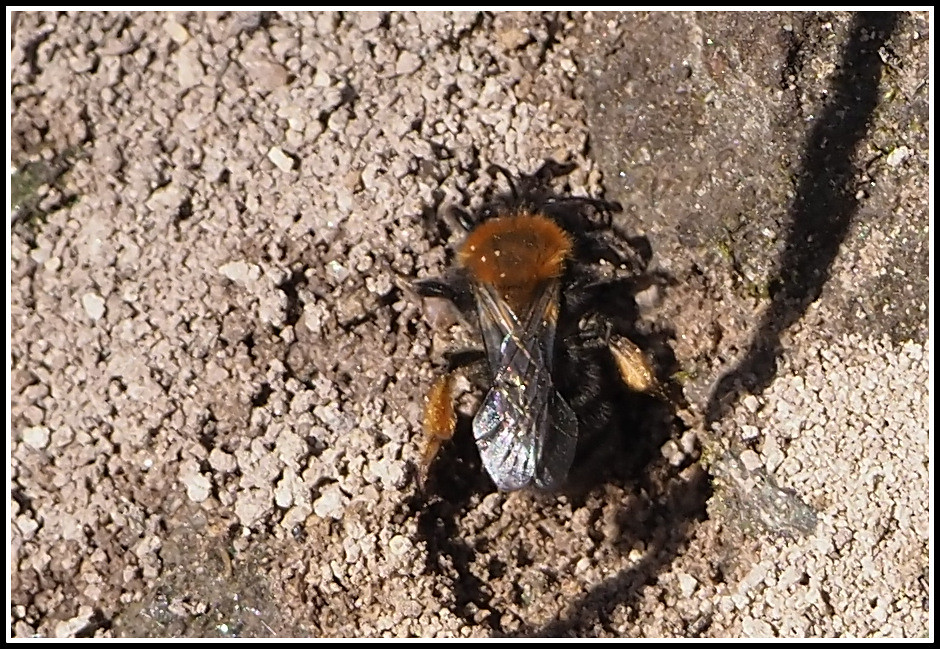
Mining bees are the excavation experts of the bee world, creating elaborate underground tunnel systems that can extend several inches deep. These industrious insects prefer well-drained soil and are often found in sandy areas, hillsides, and even in the hard-packed earth of walking trails.
What’s fascinating about mining bees is their incredible diversity. Some species are tiny, barely larger than a grain of rice, while others are robust and fuzzy, resembling small bumblebees. Many mining bees are among the first pollinators to emerge in spring, often appearing when there’s still snow on the ground.
These early risers are crucial for the pollination of spring wildflowers and fruit trees. They’re perfectly adapted to work in cooler temperatures when other pollinators are still dormant.
Carpenter Bees: The Powerful Drillers

Carpenter bees are the powerhouses of the solitary bee world, equipped with incredibly strong mandibles that allow them to bore perfectly round holes into wood. These impressive insects are often mistaken for bumblebees, but they have a distinctive shiny, hairless abdomen that gleams in the sunlight.
Despite their fearsome reputation among homeowners, carpenter bees are actually quite beneficial. The females are focused entirely on nest building and rarely show aggression toward humans. The males, while more territorial, can’t sting at all, making their threatening behavior nothing more than a bluff.
These bees play a crucial role in pollinating open-faced flowers and are particularly important for crops like eggplants, tomatoes, and blueberries.
Sweat Bees: The Tiny Metallic Jewels
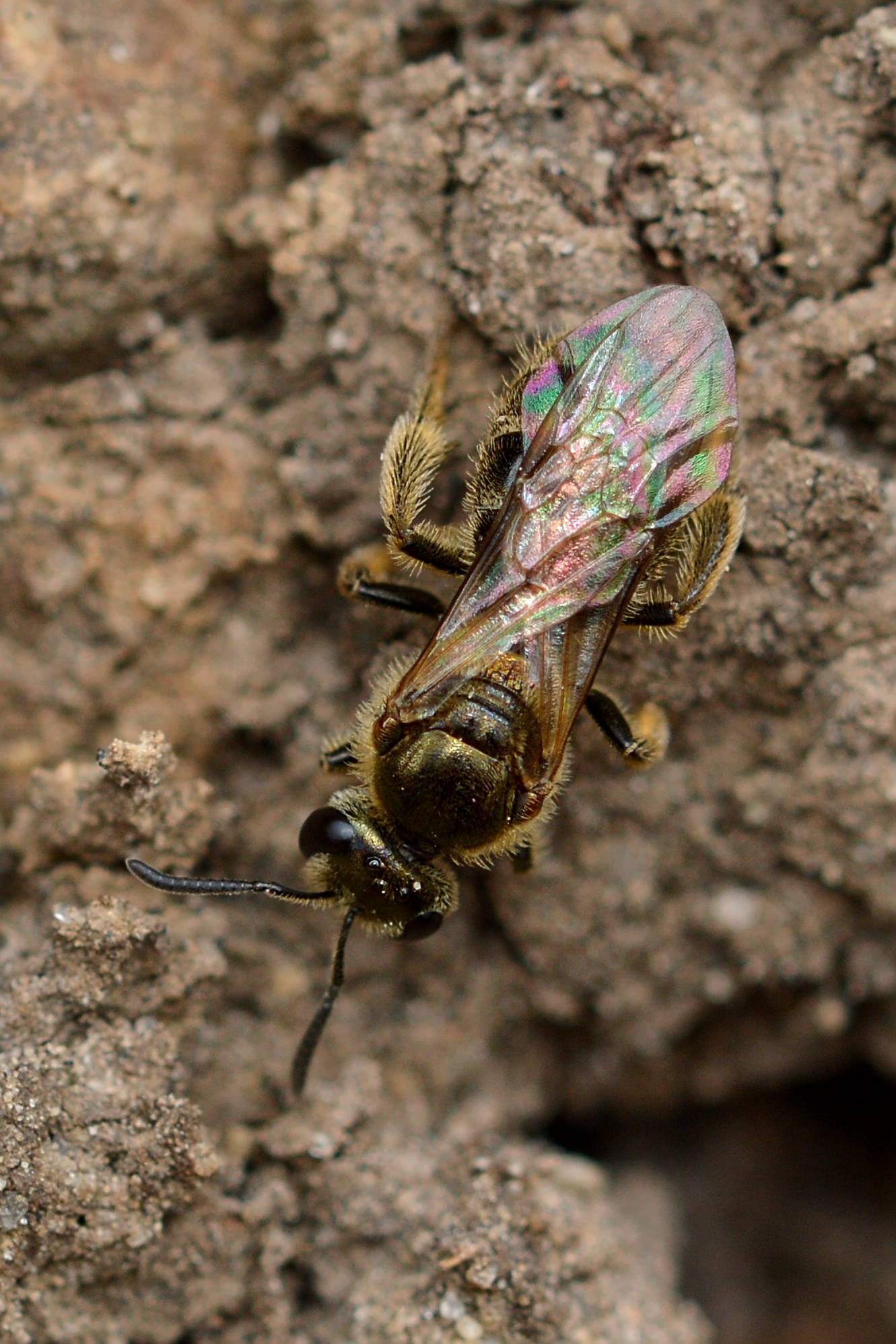
Sweat bees are some of the most beautiful and diverse solitary bees, with many species displaying stunning metallic greens, blues, and bronzes that shimmer like tiny jewels. These small bees get their name from their attraction to human perspiration, which they use as a source of salt and moisture.
Don’t let their small size fool you – sweat bees are incredibly important pollinators. They’re generalists, meaning they visit a wide variety of flowers, making them crucial for maintaining biodiversity in natural ecosystems. Some species are so small they can crawl inside flowers that are too tiny for other pollinators.
Most sweat bees are ground-nesters, creating simple burrows in sandy or clay soil. They’re gentle creatures that rarely sting, and even when they do, it’s barely noticeable.
The Solitary Lifestyle: Independence at Its Finest
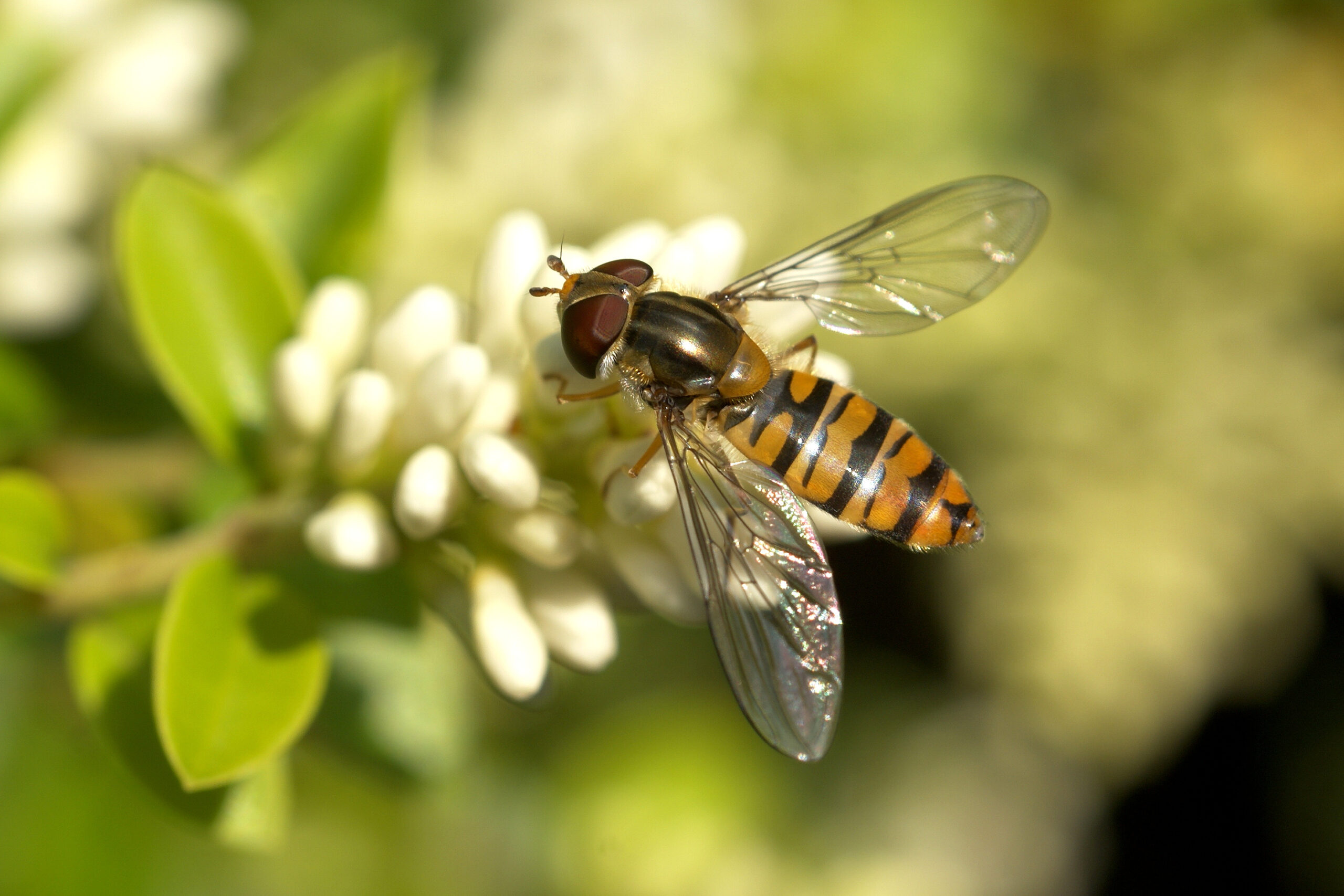
Living alone might seem lonely to us social creatures, but for solitary bees, it’s the perfect lifestyle. Without the complex social structures of hives, these bees can focus entirely on their own survival and reproduction. They don’t need to communicate with nestmates, defend a large colony, or produce honey for winter storage.
This independence comes with some remarkable advantages. Solitary bees are incredibly efficient at what they do because they don’t waste energy on social activities. They’re also much more resilient to diseases and parasites that can devastate entire hives of social bees.
The solitary lifestyle also allows these bees to specialize in ways that social bees cannot. Some species have co-evolved with specific plants, developing unique relationships that benefit both the bee and the flower.
Nesting Habits: From Tunnels to Towers
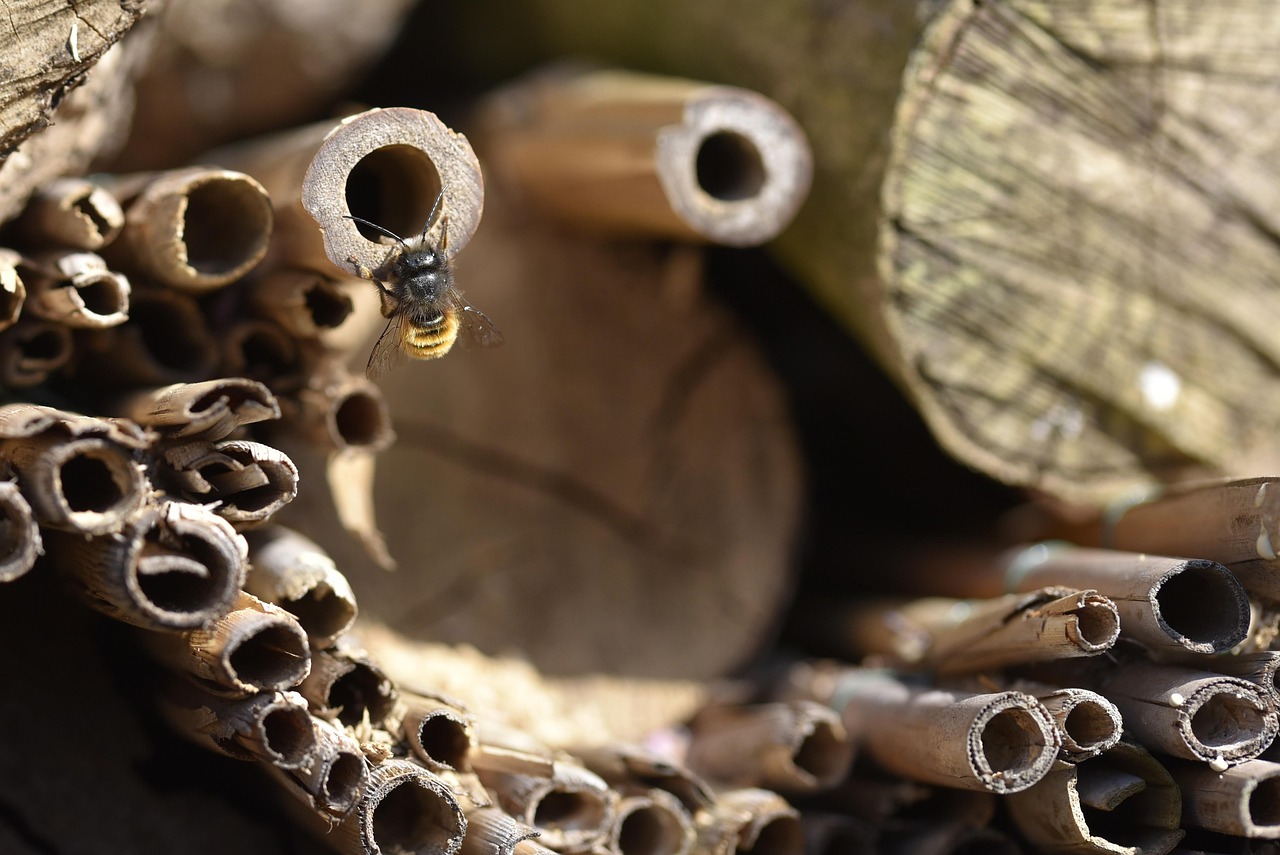
The diversity of nesting habits among solitary bees is absolutely staggering. Some species excavate elaborate underground tunnels that can house dozens of individual brood cells. Others prefer to nest above ground, using hollow plant stems, abandoned beetle holes, or even empty snail shells.
Perhaps most fascinating are the bees that create their own nesting materials. Some species mix saliva with soil to create a cement-like substance, while others use plant resins and oils to waterproof their nests. These construction techniques have evolved over millions of years and are perfectly adapted to each species’ specific needs.
The location of nests is often species-specific too. Some bees prefer sunny, south-facing slopes, while others choose shaded areas under overhanging rocks or vegetation.
Pollination Powerhouses: Why Solitary Bees Matter
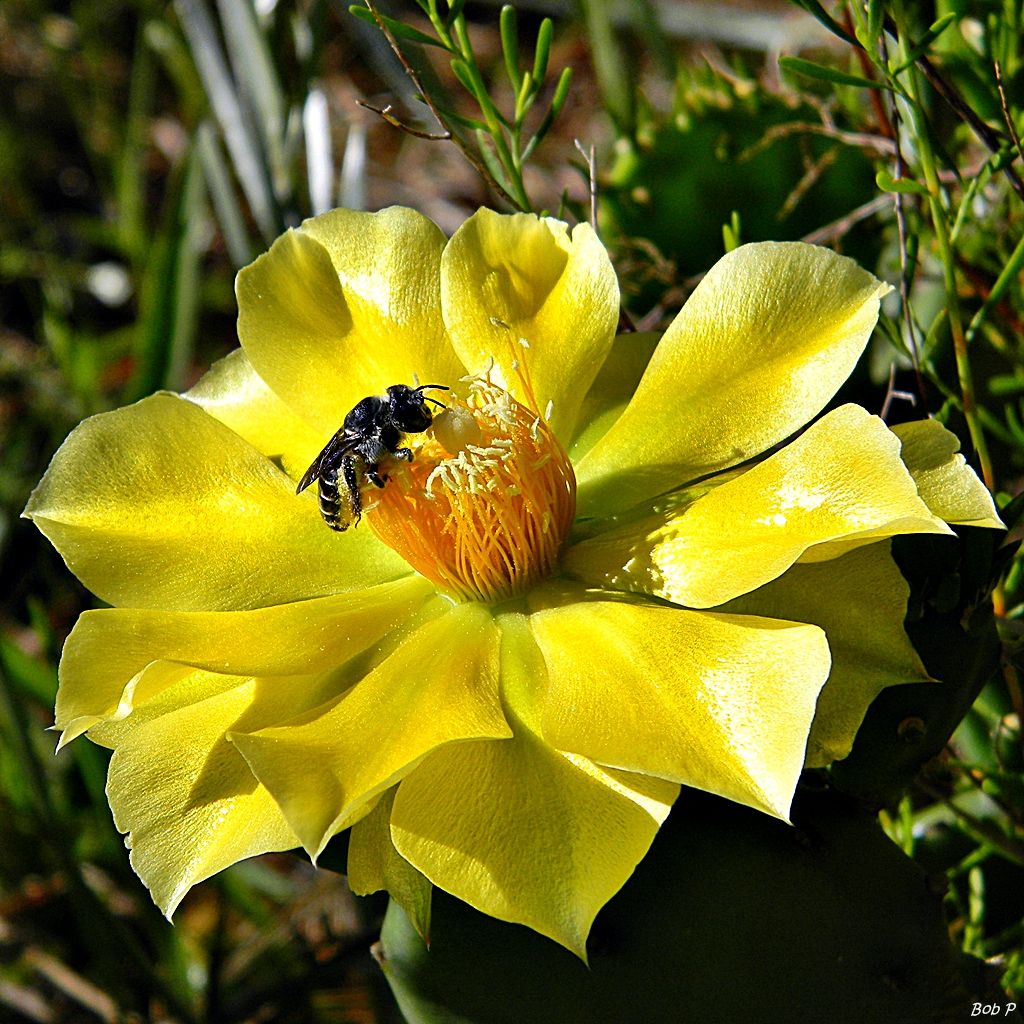
When it comes to pollination, solitary bees are the unsung heroes of the natural world. While honeybees get most of the credit, solitary bees are often more effective pollinators for many plants. This is because they’re generally messier workers, picking up more pollen on their bodies and transferring it more readily from flower to flower.
Many solitary bees are also specialists, having co-evolved with specific plants over millions of years. This means they’re incredibly efficient at pollinating their preferred flowers, often visiting hundreds of blooms in a single day. Some crops, like blueberries and cherries, rely heavily on solitary bees for successful fruit production.
The timing of solitary bee activity also makes them invaluable. Many species emerge early in spring when few other pollinators are active, ensuring that early-blooming plants get the pollination services they need.
Seasonal Cycles: Life in the Fast Lane
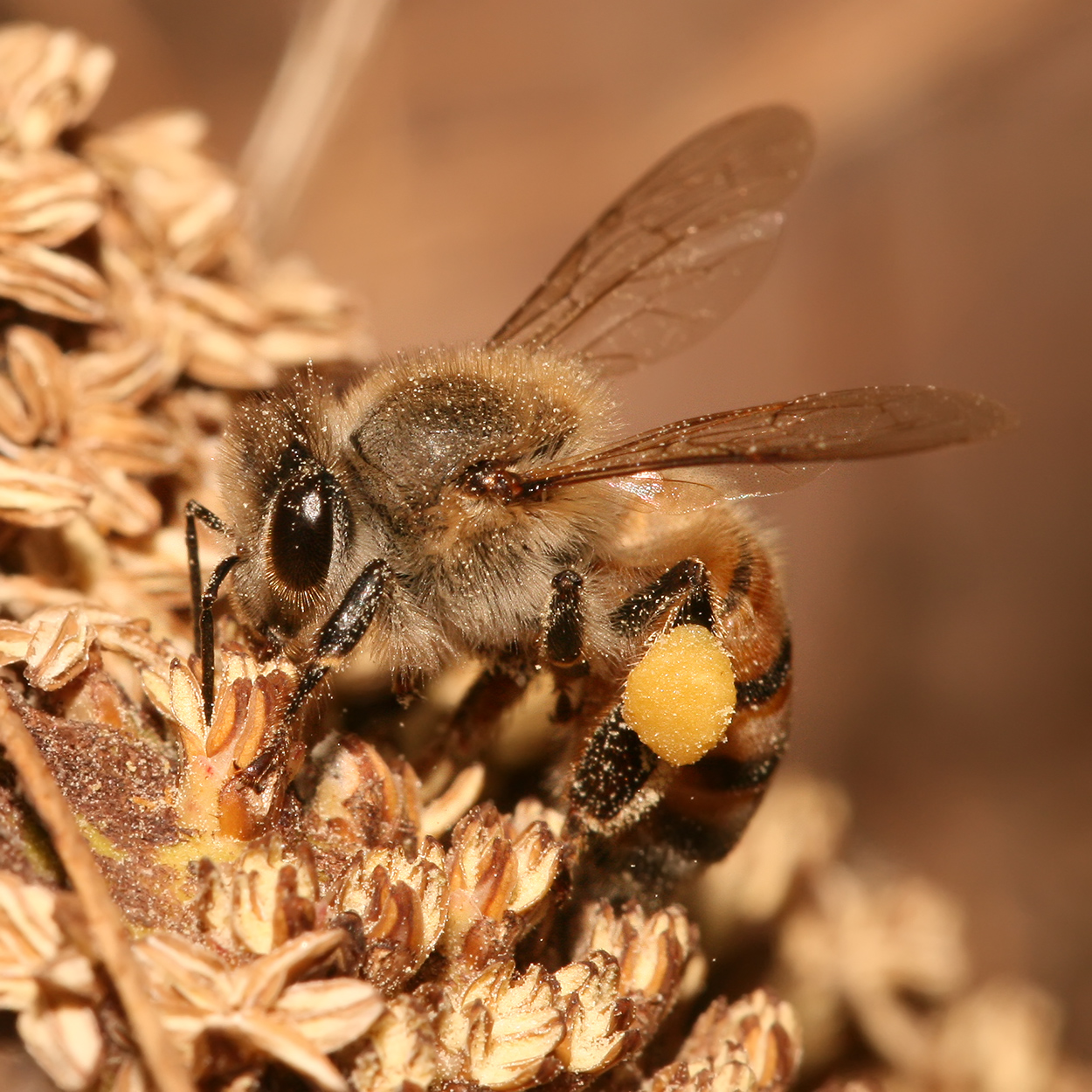
The life cycle of solitary bees is dramatically different from that of social bees. Most species have just one generation per year, with adults living only a few weeks during their active season. This compressed lifecycle means they have to make every moment count.
Spring species typically emerge when their preferred flowers are blooming, mate quickly, and spend their short adult lives frantically collecting pollen and nectar to provision their nests. Summer species follow a similar pattern but are active during different months, often timing their emergence to coincide with specific flowering periods.
Some solitary bees have even more unusual lifecycles. Certain species spend most of their lives as adults in a state called diapause, essentially hibernating underground for months before emerging for a brief period of activity.
Threats and Conservation: A Silent Crisis
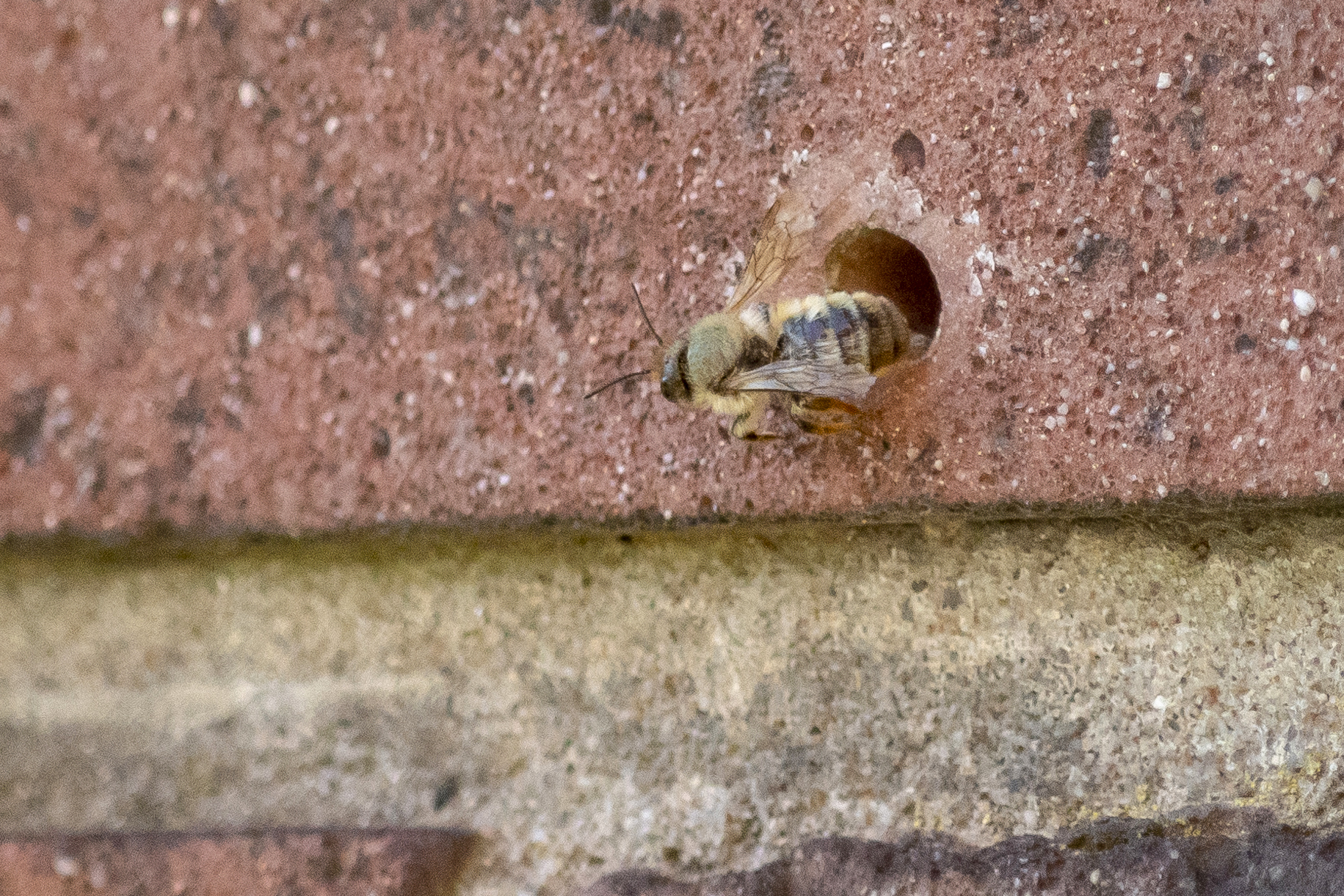
Despite their importance, solitary bees face numerous threats that often go unnoticed. Habitat loss is perhaps the biggest challenge, as urban development and intensive agriculture destroy the diverse landscapes these bees need to survive. Many species require specific nesting sites and host plants that are becoming increasingly rare.
Pesticide use is another major concern. Because solitary bees don’t have the protection of a hive, they’re often more vulnerable to chemical contamination. Even sublethal doses of pesticides can affect their ability to navigate, forage, and reproduce successfully.
Climate change is also disrupting the delicate timing between bee emergence and flower blooming, potentially leaving some species without adequate food sources when they need them most.
Creating Habitat: How to Help Solitary Bees
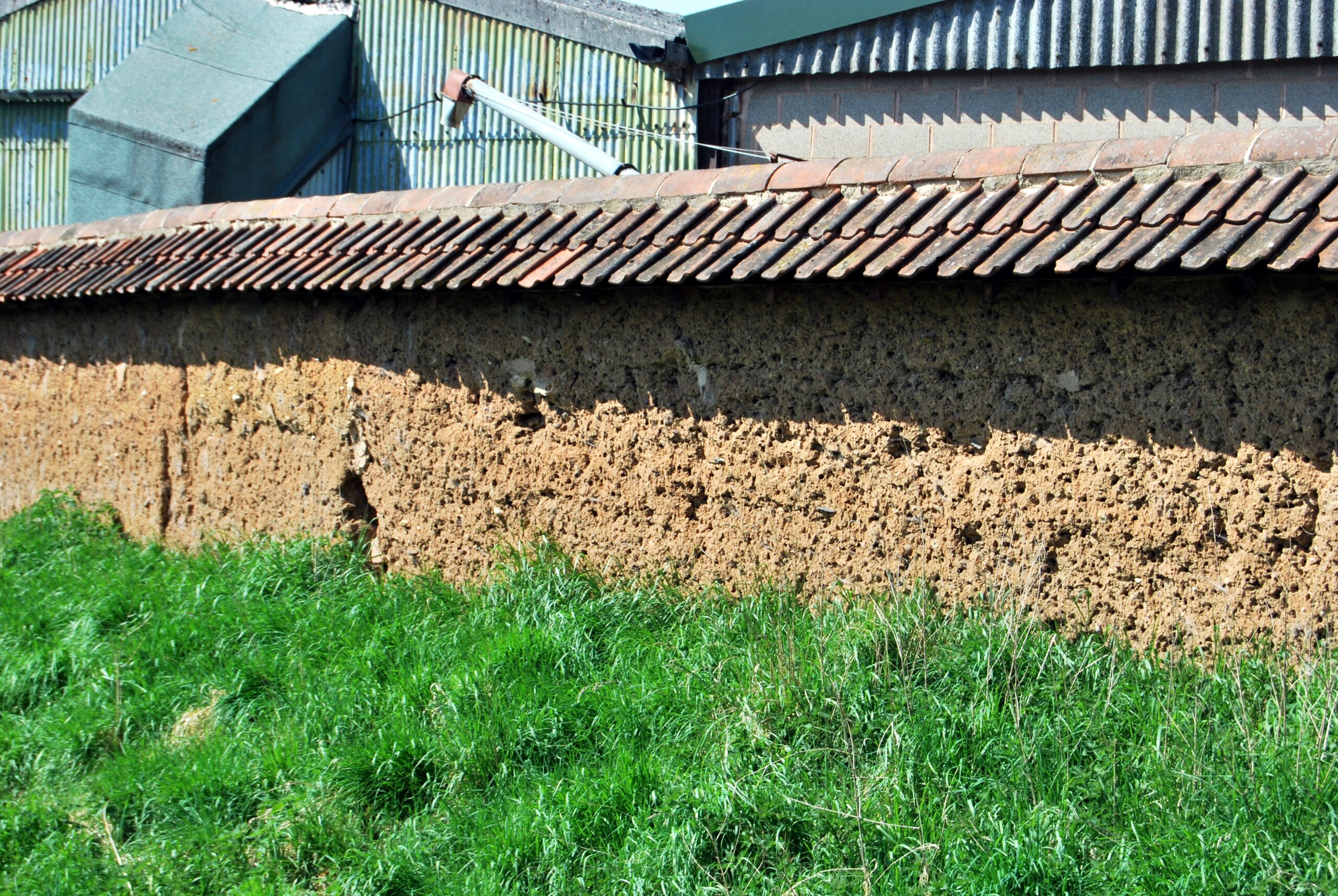
The good news is that helping solitary bees is relatively easy and incredibly rewarding. Creating habitat in your own backyard can make a real difference for these important pollinators. Native plants are absolutely crucial, as they provide the pollen and nectar that local bee species have evolved to use.
Nesting sites are equally important. Leaving areas of bare, well-drained soil can provide nesting opportunities for ground-nesting species. Bundling hollow stems or drilling holes in wooden blocks can create homes for cavity-nesting bees. Even something as simple as leaving dead plant stems standing through winter can provide overwintering sites.
Avoiding pesticides is essential, as is maintaining diverse plantings that bloom throughout the growing season. Remember, different bee species are active at different times, so having flowers available from early spring through late fall is important.
The Future of Solitary Bees: Guardians of Biodiversity
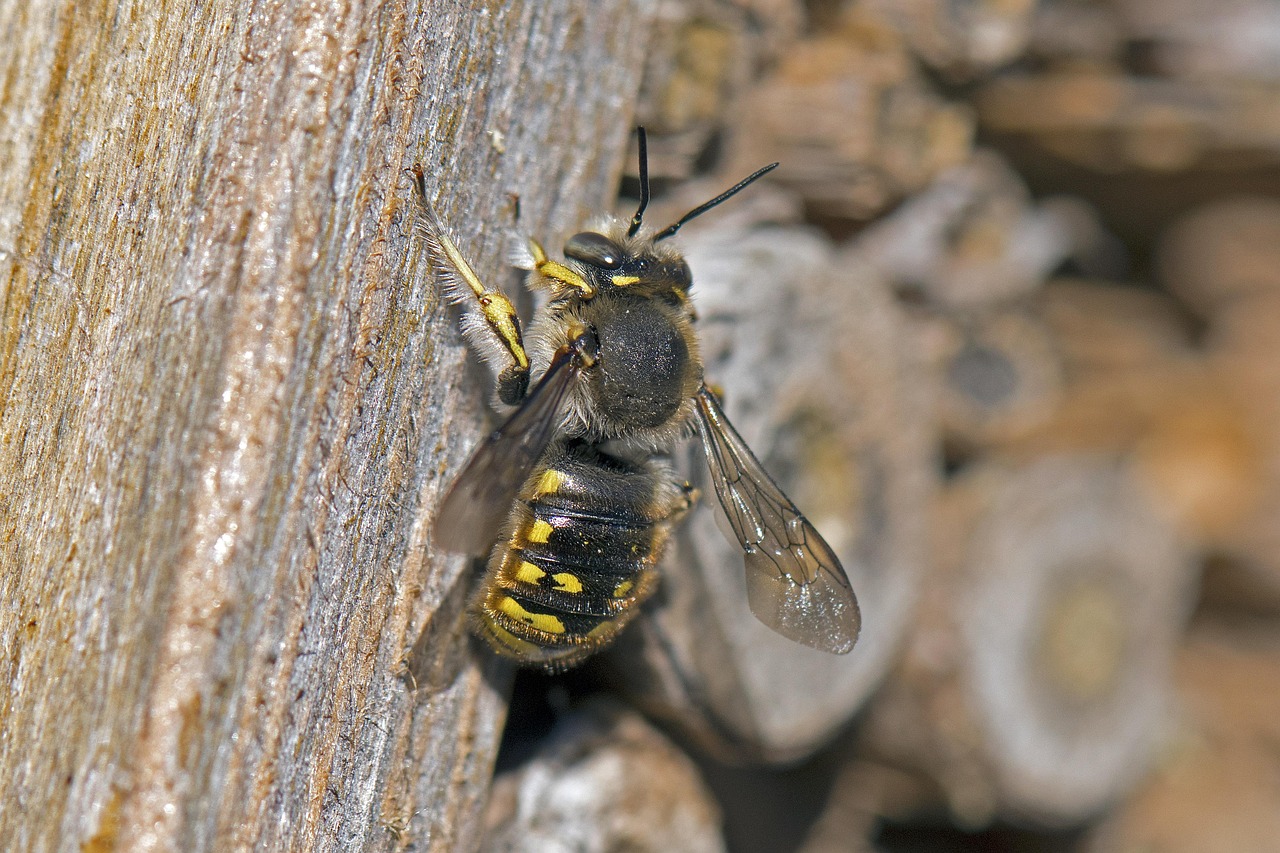
As we face an uncertain future for pollinators worldwide, solitary bees represent both hope and responsibility. Their incredible diversity means they’re more likely to survive environmental changes than species that depend on complex social structures. However, this same diversity makes them vulnerable to localized threats.
Research into solitary bees is revealing new species and ecological relationships all the time. Scientists estimate that we’ve only described about half of the world’s bee species, meaning there are thousands of solitary bees still waiting to be discovered. Each of these species represents millions of years of evolution and plays a unique role in their ecosystem.
The future of solitary bees depends largely on our willingness to share space with them and to appreciate the quiet, essential work they do. Unlike the dramatic collapse of honeybee colonies, the decline of solitary bees often goes unnoticed until it’s too late.
Conclusion: The Quiet Heroes Among Us
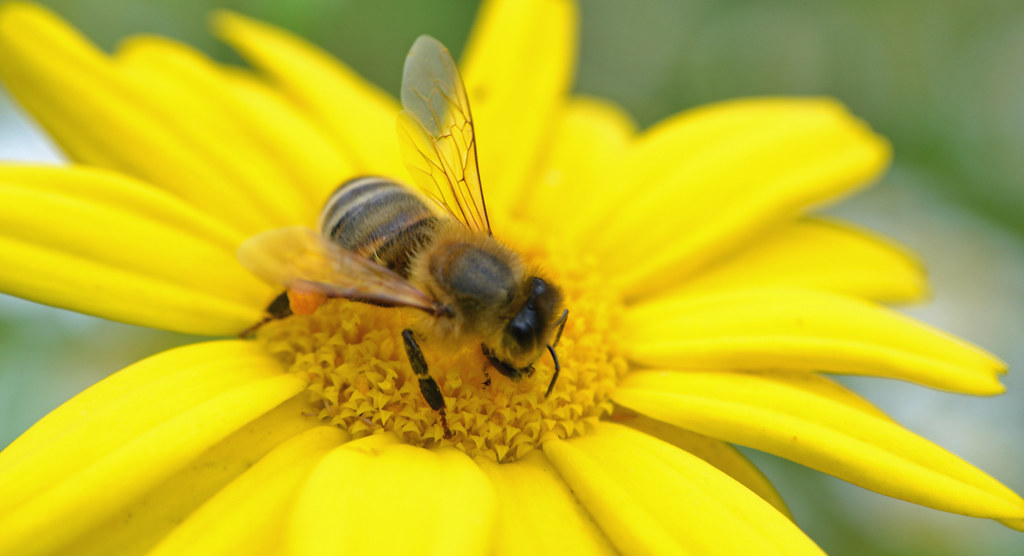
Solitary bees remind us that not all of nature’s most important work happens in the spotlight. While honeybees build impressive societies and produce honey, solitary bees quietly go about the business of keeping our ecosystems running. They pollinate our wildflowers, our crops, and our gardens with an efficiency that puts their social cousins to shame.
These remarkable insects have mastered the art of independence, creating intricate nests, timing their lives to the rhythms of the seasons, and raising their young without any help from others. They’re living proof that sometimes the most important work is done by those who work alone.
Next time you see a bee visiting flowers in your garden, take a moment to consider whether it might be one of these solitary species. The chances are good that it is, and that this small, seemingly insignificant insect is performing one of the most important jobs on Earth. What other hidden heroes might be working quietly in the world around you?

